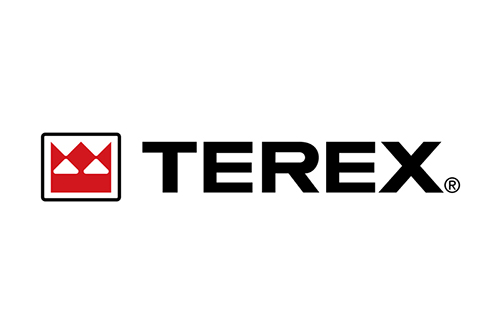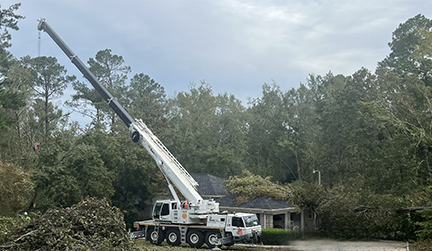
Terex Cranes has released its numbers for 2011 which show a return to growth and profitability with full year revenues sales up 12 percent to just under $2 billion.
At the same time the company made an operating loss of $19.8 million due entirely to the $36 million of charges taken earlier in the year.
In the fourth quarter the company saw revenues improve 8.1 percent to $594 million, while achieving an operating profit of $10.8 million compared to a profit of $15.7 million in the same quarter of 2010. The company says that the quarter was negatively affected by $6 million of workforce reductions in Europe, a charge of $7.7 million related to facility closures in the Port Equipment business and a charge for a supplier quality campaign of $2.7 million.
The Crane backlog also slipped back slightly from $773.8 million last year to $716.3 million this year. A fall of seven percent.
The company said: “Strong demand for rough terrain cranes in North America continued and our port equipment businesses saw net sales grow more than 50 percent. Additionally, we experienced strong demand for our pick and carry crane products in Australia. Conversely, we have seen reduced demand for crawler and all-terrain cranes in Europe.”
The above numbers do not include the port equipment or overhead crane business acquired with Demag Cranes. At present this continues to be reported separately and as it largely relates to the fourth quarter we will not be covering it for 2011.
Terex Group
The Terex group as a whole saw revenues rise by almost 48 percent to $6.5 billion, while last year’s pre-tax loss of $238.3 million turned into a profit this year of $85.4 million.
In the fourth quarter revenues grew 47 percent to $1.957 billion, without the addition of the Demag Cranes acquisition growth would have been closer to 20 percent. In terms of profitability in the quarter Terex made a pre-tax loss of $8.6 million, compared to a loss during the same period of 2010 of $376 million. The loss was wholly due to a number of one off costs, including a $22.1 million acquisition write down, $15.6 million of restructuring charges and over $5 million of ‘supplier quality problems’.
Chief executive Ron DeFeo said: “During 2011, we made significant investments and improvements and implemented actions to set us on a course toward improved profitability in 2012 and beyond. We have seen further recovery in many of our end markets as utilisation rates improve and existing fleet’s age. This is consistent with an overall improving construction and economic environment. Emerging economies continue to grow most rapidly, along with solid performance in North America. This has helped offset some of the continuing weakness in several European markets.”
“The cost reduction initiatives during 2010 and 2011 have resulted in an improved cost structure as we begin 2012. During this past year we fought to maintain and in many cases grew our market shares resulting in increased production rates at many of our facilities. Given the severity of the economic crisis in 2009 and 2010 in our product categories, re-establishing base production levels and facility utilisation rates were required to improve profitability. Our on-going goal is to establish a leaner, more customer responsive organisation. These efforts have allowed us to improve output with a reduced manufacturing space of approximately seven percent.”
“Earlier in the year, our Cranes segment returned to profitability led by a new management team and a leaner organisation. Our port equipment business began 2011 with significant losses but ended the year with a modest fourth quarter profit and a strong backlog for 2012.”
“Turning now to our 2012 expectations, we see continued demand for new equipment, and estimate that we are in the second year of a multiple year recovery. Overall, our focus for 2012 will be on profit improvement and cash generation as opposed to net sales growth. During 2011, net sales growth was important, as it provided us more consistent run rates and we were able to solidify, if not improve our market shares. In general, however, we were unable to offset increases from our suppliers through pricing actions, which is common during the first year of a recovery. We expect this will be different in 2012.
